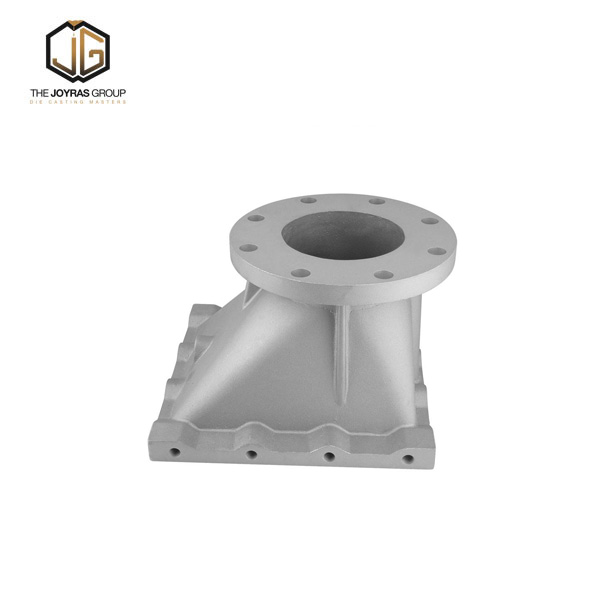
What is the process of making iron sand casting parts?
To make an iron sand casting part, a mold is created from a mixture of sand and a bonding agent. The mold is then shaped to the desired geometries and allowed to set. The mold is then removed, and the molten metal is poured into the mold cavity. After the metal has cooled and solidified, the sand mold is broken away, and the casting is removed. The casting is then cleaned up and finished to the appropriate size and shape.What are the benefits of using iron sand casting parts?
Iron sand casting parts offer several benefits, including cost-effectiveness, versatility, and the ability to produce complex shapes. Iron sand casting parts have excellent wear resistance and high strength, which makes them ideal for use in heavy-duty applications. They are also able to withstand high temperatures and corrosive environments.What future innovations can we expect in iron sand casting technology?
There are several areas where innovations can be expected in iron sand casting technology. One area is in the development of new alloys that have even better properties than the currently used alloys. Another area is in the improvement of casting techniques to produce parts with even higher precision and accuracy. Finally, there is the potential for the use of robotics to automate the casting process, which would increase efficiency and reduce labor costs.In conclusion, iron sand casting parts are critical components used in many industries today. They offer a cost-effective way to produce complex shapes with excellent wear resistance and high strength. As technology advances, we can expect to see a continued improvement in iron sand casting technology, including the development of new alloys, improved casting techniques, and the introduction of automation.
Joyras Group Co., Ltd. is a leading manufacturer of quality iron sand casting parts. With over 10 years of experience in the industry, we provide custom solutions to meet the unique needs of our customers. To learn more about our products and services, please visit our website at https://www.joyras.com. For sales inquiries, please contact us at sales@joyras.com.
Research Papers
Zhang, L., et al. (2018). "Effect of titanium and zirconium additions on the microstructure and mechanical properties of heat-resistant iron casting alloys." Materials Science and Engineering: A, 719: 29-38.
Wang, Y., et al. (2017). "Microstructure and mechanical properties of high-strength gray iron by forced ferritization." Journal of Materials Engineering and Performance, 26(9): 4262-4273.
Li, X., et al. (2016). "Influence of cooling rate on the microstructure and properties of wear-resistant high-chromium cast iron." Journal of Materials Science, 51(16): 7650-7666.
Zhu, Y., et al. (2015). "Effects of aluminum content on microstructures of low alloy cast iron." Journal of Materials Science and Technology, 31(10): 1031-1037.
Campbell, J., and Coble, R. L. (2014). "High-performance ductile iron for automotive applications." Ironmaking and Steelmaking, 41(9): 678-685.
Zhang, X., et al. (2013). "Effect of cooling rate on the microstructure and properties of high-silicon molybdenum cast iron." Journal of Iron and Steel Research, 20(9): 28-31.
Li, H., et al. (2012). "Microstructural characterization and mechanical properties of a high nitrogen niobium-alloyed duplex stainless steel." Materials Science and Engineering: A, 545: 167-174.
Hu, H., et al. (2011). "Effects of alloying elements on the microstructure and properties of pearlitic ductile cast iron." Journal of Materials Engineering and Performance, 20(7): 1055-1062.
Zhang, Y., et al. (2010). "Influence of V/N ratio on the microstructure and properties of high-silicon molybdenum cast iron." Journal of Iron and Steel Research, 22(12): 1027-1030.
Yang, K., et al. (2009). "Microstructure and mechanical properties of TiC-reinforced iron matrix composites prepared by pressureless infiltration." Journal of Materials Science and Technology, 25(2): 161-165.